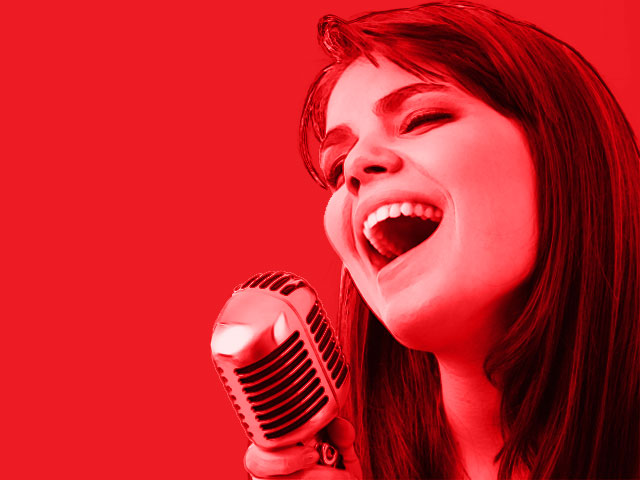- Published Aug 7, 2013 in In The Studio
A quick look at the basics of vocal equalization in the studio.
I was advised a good series of tips to start would be ones having to do with equalization. It's a subject with a lot of variables, but while it's very dependent on the situation, there are some consistencies that we can talk about.
We'll start with an obvious one. Vocals. How do we get vocals where we want? To start, try and use a high quality large diaphragm condenser mic. There are plenty out now that are reasonably priced that do a good job of giving you a full frequency range to work with.
EQ-wise, I first think of three things always: low pass filter, high pass filter, and the 1-8 kHz range. I gradually start to roll off my EQ at around 80 Hz, and again at 12 kHz or so, depending on the singer you're dealing with. The 1 or 2 kHz to approximately 8 kHz range is where most vocals' intelligibility comes from. Adjust your Q (the adjustment in an EQ that decides how wide of an EQ curve you are going to create) to a moderately wide setting (affecting most frequencies in that range, but no more) and play with lifting within the range of 3-6 dB+ or so. Another range you should peek at that will help with the natural sound of the vocals is around 350 Hz to 1 kHz. Give this range a touch of lift, say 2-4 dB.
Most of the other areas are very dependent on the type of singer you have: male, female, deep and low, high and airy, etc., and always bring frequencies DOWN before you bring others up. Overcompensating can make the voice end up sounding very artificial. If you have a particularly sloppy singer (the loogie kind of sloppy), pay attention to the higher silibant-laden frequencies (3-4 KhZ and higher). Throw a de-esser on the track if you need to to reduce some of the harsh impact of touchy consonants such as "S" and "T".
For the "radio effect", as some call it, you'll exaggerate everything for the most part. This is that low bandwidth effect that is sometimes synonymous with store PA speakers or walkie-talkies. It's also a common vocal effect in music. You can tweak this easily, but it all starts with hard cut-off low and high pass filters, thus lowering the bandwidth. You'll bring your high pass up much further: 2-300 Hz or so, and the low pass down to 5-6 kHz. Keep a lift on the higher end to allow the vocal to cut a bit. Obviously, these are very generic ranges, but it gives you a place to start if you are looking for something different.
All said and done, no amount of EQ will make up for a poor performance! So, good luck and happy recording!

